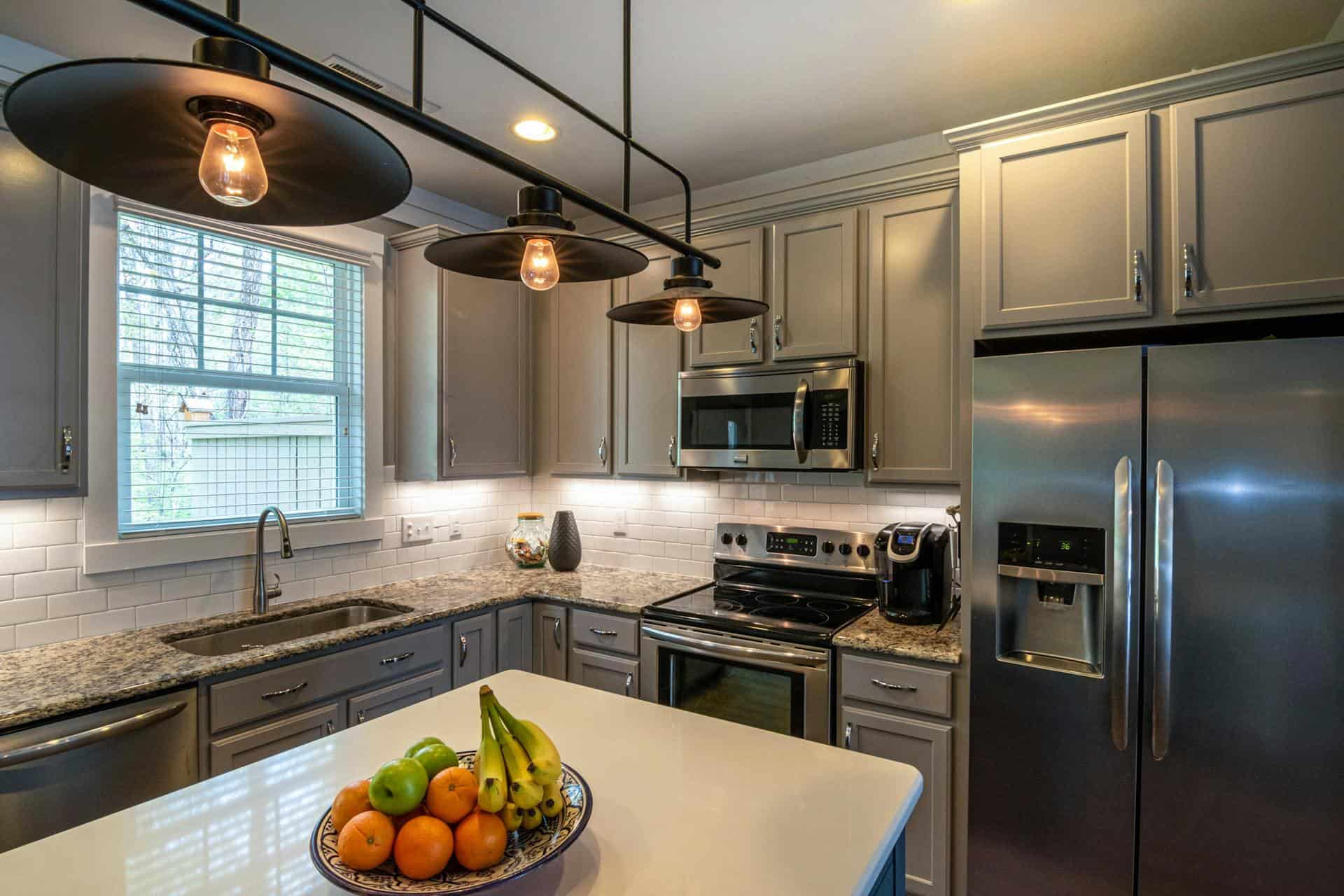
Question: Where Should You Not Put a Backsplash?
Answer: You should not put a backsplash where it’s impractical or unnecessary. Avoid placing backsplashes behind appliances, inside cabinets, or on ceilings unless there’s a specific design need.
Backsplash Blunders: Avoiding Common Mistakes
A backsplash protects your walls from spills and splashes. It also adds style to your kitchen or bathroom. But placing a backsplash in the wrong location can create problems. This guide explores areas to avoid when installing a backsplash.
Behind Appliances You Rarely Move
Avoid installing a backsplash directly behind appliances you seldom move, like refrigerators or dishwashers. While it might seem logical to protect the entire wall, a backsplash here offers minimal benefit. The appliance itself shields the wall. Plus, if you ever need to service the appliance, it could complicate repairs. Instead, focus on areas exposed to regular splashes and spills.
For instance, the area behind the stove experiences frequent grease splatters and sauce spills. Likewise, the wall behind the sink constantly encounters water splashes. These areas benefit most from a protective backsplash.
Click here for more information on kitchen refinishing
Related Article: What is the Easiest Backsplash To Maintain?
Related Article: Does a Backsplash Go Behind the Stove or Sink?
Directly on Unfinished Walls
Installing a backsplash directly onto unfinished drywall or bare walls invites problems. The backsplash adhesive requires a stable, primed surface for proper bonding. Unfinished walls often absorb moisture, which weakens the adhesive and can cause the tiles to loosen or fall off. First, apply a layer of primer to create a suitable base for your backsplash. This preparation ensures long-term stability and prevents costly repairs down the line.
Unfinished walls may have imperfections or inconsistencies. These imperfections transfer to the surface, creating an uneven or bumpy appearance. Applying a layer of primer helps smooth out these imperfections, providing a uniform surface for backsplash installation.
Areas with Excessive Moisture and No Ventilation
Some areas, like shower stalls or behind bathroom sinks, demand high moisture resistance. While a backsplash can protect these surfaces, insufficient ventilation traps moisture behind it. This trapped moisture can promote mold growth and damage the wall, negating it’s benefits. Thus, consider both moisture levels and ventilation before installing a backsplash. Choose moisture-resistant materials and ensure adequate ventilation to prevent mold.
If you choose a material like natural stone, seal it properly to prevent moisture absorption. Sealing creates a barrier against water penetration, preserving the backsplash’s integrity and protecting the wall beneath. Regularly check the sealant and reapply as needed to maintain its effectiveness over time.
Over Wallpaper or Damaged Surfaces
Wallpaper and damaged surfaces, like peeling paint or cracked plaster, do not provide a stable foundation for a backsplash. The adhesive cannot bond effectively to these unstable substrates. This weak bond can lead to the tiles loosening, cracking, or falling off. Remove the wallpaper or repair the damaged surface. Then, prime the area to create a smooth and stable base for proper adhesion.
Wallpaper often has a textured surface, preventing the backsplash from lying flat. This uneven surface leads to air pockets behind the tiles, weakening the bond and increasing the risk of damage. Removing the wallpaper and creating a smooth, primed surface ensures optimal adhesion and a flawless finish.
Around Outlets and Switches Without Proper Planning
Installing a backsplash around electrical outlets and switches requires careful planning. Without precise measurements and cuts, the tiles can cover the outlets or switches, rendering them unusable. First, measure and mark the locations of all outlets and switches. Then, cut the tiles precisely to fit around these fixtures. This careful planning ensures access to the electrical components while maintaining a seamless design.
Improperly installed tiles around outlets can create safety hazards. If the tiles press against the electrical components, they may damage the wiring or create a fire risk. Accurate measurements and careful cutting prevent these hazards and ensure the safety of your electrical system.
Conclusion
Knowing where not to install a backsplash can save you time, money, and future headaches. By considering factors like appliance placement, moisture levels, and surface conditions, you can make informed decisions about installation. This knowledge helps you maximize its benefits while avoiding potential problems. A well-planned and strategically placed backsplash adds beauty and functionality to your space without creating unnecessary challenges.

Blue Malue Get in touch with Blue here.
